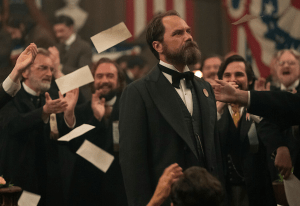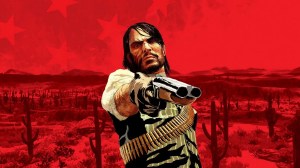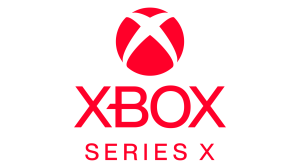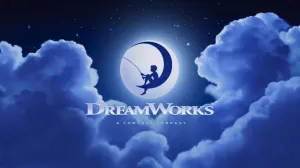
At the same time, it can be argued (and I would argue) that that same complexity, serialized nature and ongoing stories make those comics some of the most compelling and addictive entertainment created in the American mainstream media. As difficult as it is to get into comics in the first place, it’s just about as hard to get out of them once you’re hooked.
Videos by ComicBook.com
All that said, one of our readers on Facebook recently asked us the following:
Hey…I just started getting into comics. I went to my local store and honestly it was overwhelming with the sheer amount of comic books. Where do I start?

For the sake of convenience, we’ve decided to break down our suggestions into one or two per character or title, going in more or less random order of how they occur to us. We’ll talk mostly about trade paperbacks and other collected editions, although in some cases where there’s a free or cheap issue we may insert a link there.
And this is by no means meant to be a complete list; we’ve got another couple of stories like this coming over the next week or so and if the stories are popular we’ll do more down the line (becuase I had started out with the idea that we’d do one per character and 25 total, only to end up with several options per character and so fairly poor representation for the variety of titles on the market). Because of the nature of both the question and the story itself, we’ve decided to go with mostly mainstream superheroes and then a few books that we cover regularly, that our readers like or that I think are good “entry points” into comics. It’s all fairly subjective, and we encourage our readers to leave their own questions, comments, corrections or suggestions in the comments thread.
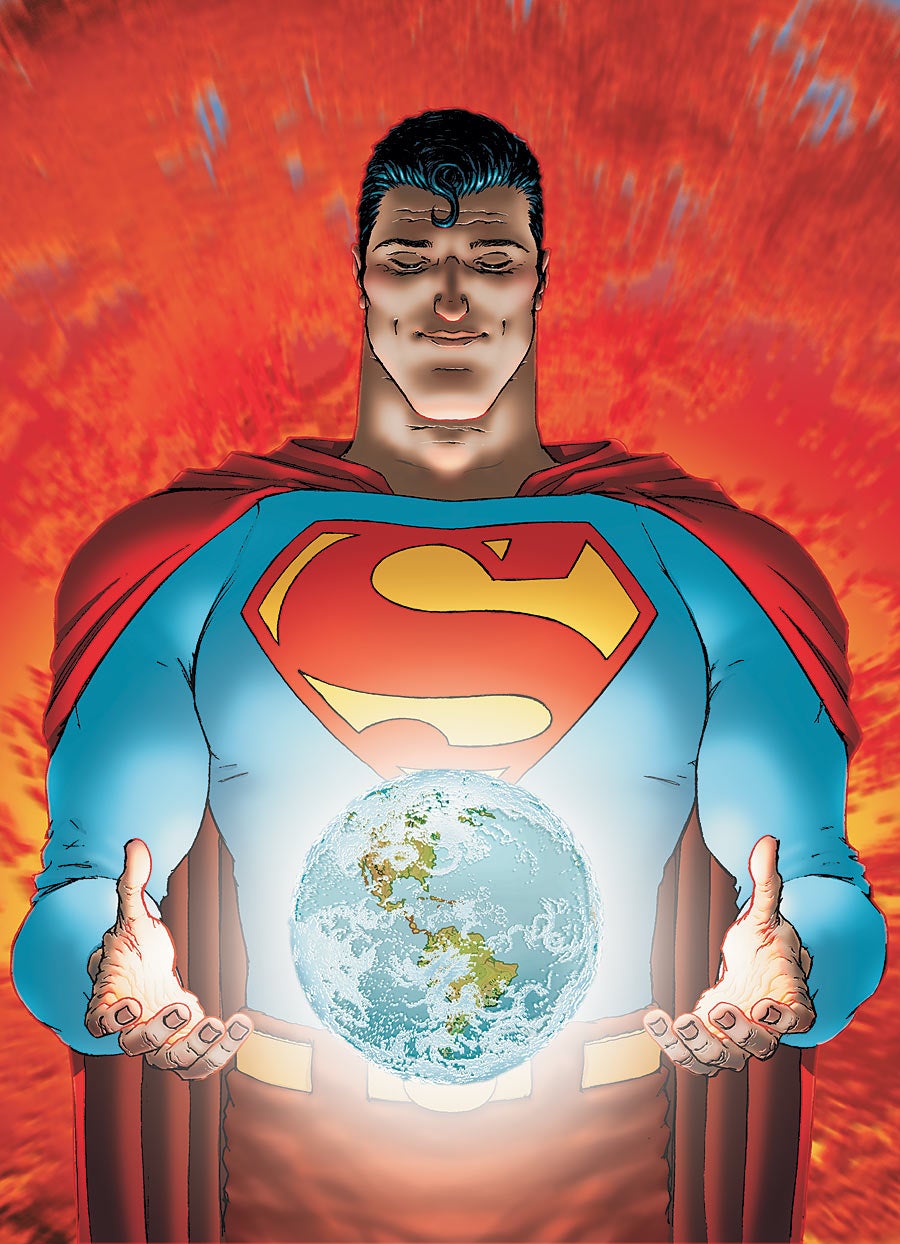
The first superhero is an easy one. There are basically three comics that I would recommend to new readers as a “first” Superman story.
All-Star Superman by Grant Morrison and Frank Quitely is an out-of-continuity maxi-series that is available in a single collected edition for about $30. You can get it on your Nook or Kindle for about half that. It’s been widely discussed as the best Superman story in a decade, and while it plays with a lot of different “flavors” of Superman stories and kicks the tires on a lot of different eras of his mythology and characters, it’s not tied to anything else and is a great, self-contained read.
John Byrne’s Man of Steel is a great starting point, even though it’s a bit dated. Created when he was charged with reinventing the character for a new audience following DC’s first big continuity reset in the ’80s (the Crisis), Byrne powered Superman down and played his humanity (including his relationship with his adoptive parents) up. There’s a lot in the post-Crisis Superman that inspired Man of Steel so if you liked the movie, this miniseries (and the half dozen other volumes also titled Man of Steel that come after it) are a great intro to the character. Should you fall in love with the post-Crisis Superman, it’s a closed-ended narrative, since the same handful of creative teams worked on the character and his titles for as long as that status quo survived, and once they left, he began creeping more and more toward the old version.
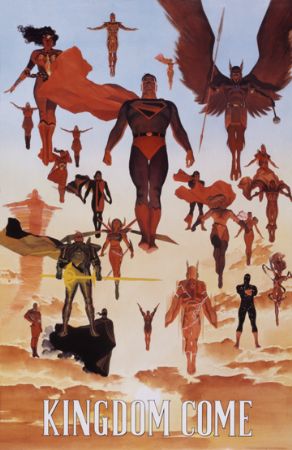
Unfortunately, none of them take place in the New 52, although there are some decent books that have taken place in the current continuity, despite what you may hear around. If you really want your reading to “count,” you can check out Grant Morrison’s Action Comics collected editions (subtitled The Men of Steel, Bulletproof and The End of Days) or Dan Jurgens’s Superman Vol. 2: Secrets and Lies. The former is mythology-heavy and calls back to Superman’s earliest Golden Age appearances but with a modern flavor; the latter is probably the best straightforward superhero stuff since the relaunch. It’s worth noting that Geoff Johns, DC’s biggest writer, will join Marvel Comics legend and Kick-Ass co-creator John Romita, Jr. for a run on the title that begins Wednesday.
Captain America
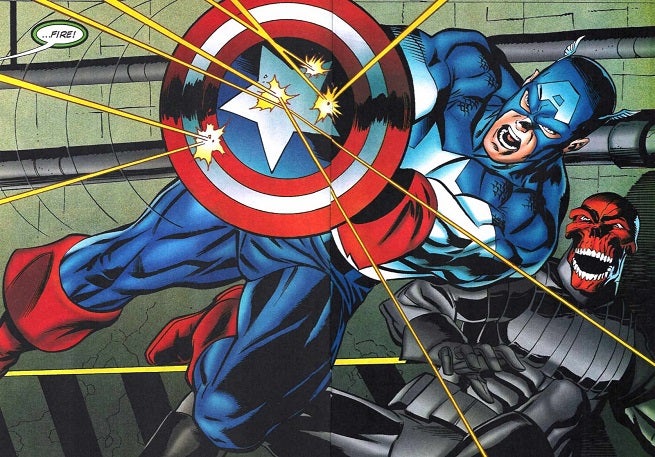
All of the biggest pieces of Cap’s puzzle are reintroduced here — and even though Bucky’s resurrection years later makes him a notable absence from most of Waid’s tales, his three collected editions — Operation Rebirth, To Serve and Protect and Operation Nightmare — they remain great reads and a great introduction to the character.
You can also go with something more contemporary — Ed Brubaker’s acclaimed run goes on for more volumes than I can name here, but one of the early ones — The Winter Soldier — was the basis (loosely) for the movie of the same name, touches on a lot of what made Bru’s Cap work, and is pretty cheap on ComiXology, with 7 issues for just $3.99.
Brubaker’s Captain America is less superhero and more super-spy — and if that appeals to you, you can check out physical copies including some huge omnibus books or you can get just about any of the trade collections digitally for around $10.
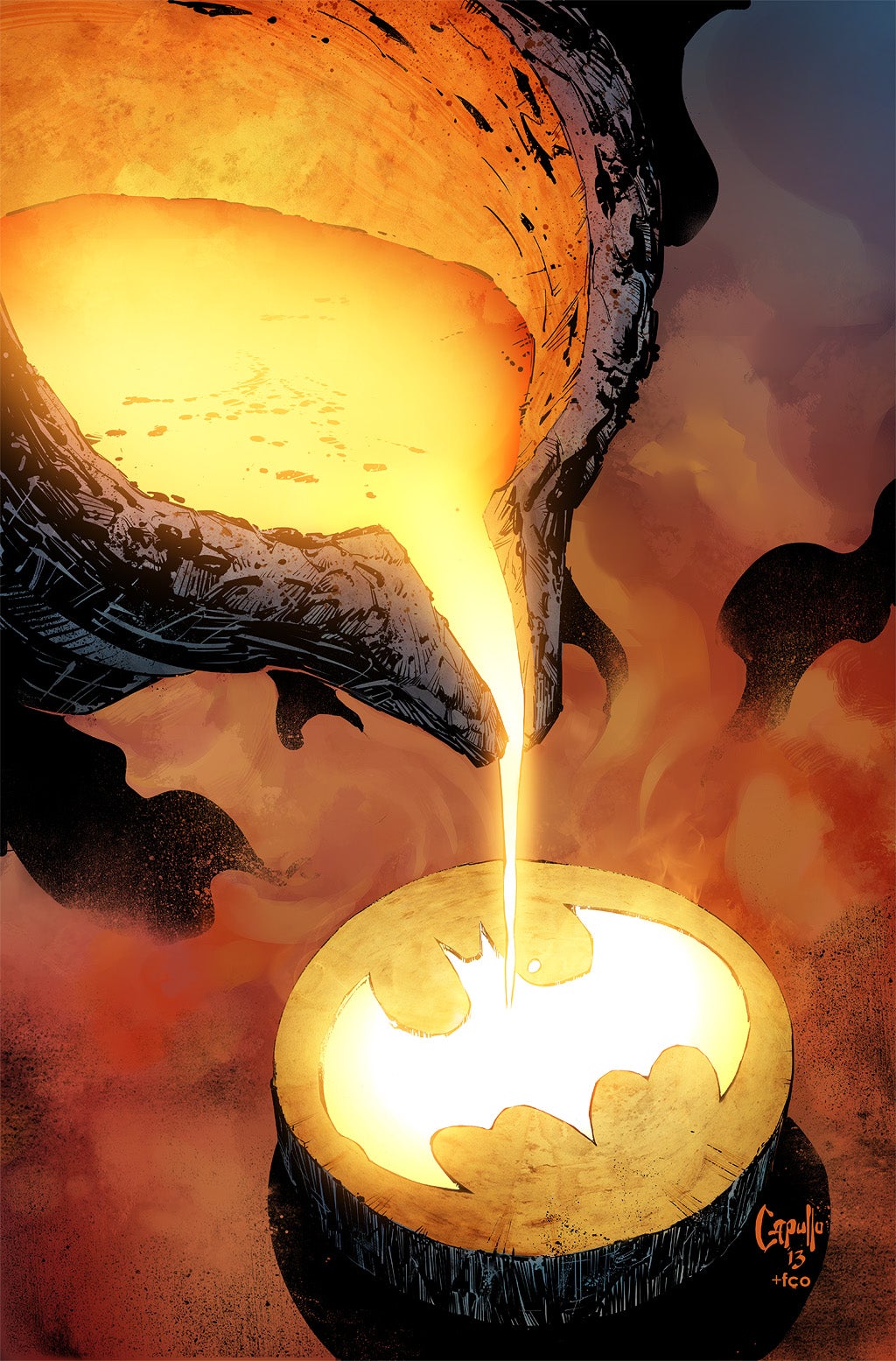
Batman: Year One by Frank Miller and David Mazzuchelli is an origin story so good and so definitive, that when they rebooted the character their first instinct was to retain it in its entirety.
It was only after the New 52 continuity began to take shape and the publisher realized how out of place it was that they wanted to reset — in the form of Batman: The Zero Year — and even then writer Scott Snyder first resisted and ultimately relented, but wrote it in such a way that much of Year One still happened.
Miller’s The Dark Knight Returns is considered a seminal work and, while it bears little resemblance to any Batman you’ll actually read on an ongoing basis, new readers should check it out, if only for scholarly reasons. That, and the fact that it will inform some of the character’s depiction in Batman V Superman: Dawn of Justice.
In the New 52, The Court of Owls storyline that kicked off Batman by Scott Snyder and Greg Capullo is arguably the most obvious choice, but really anything from that creative team will do you right.
Spider-Man
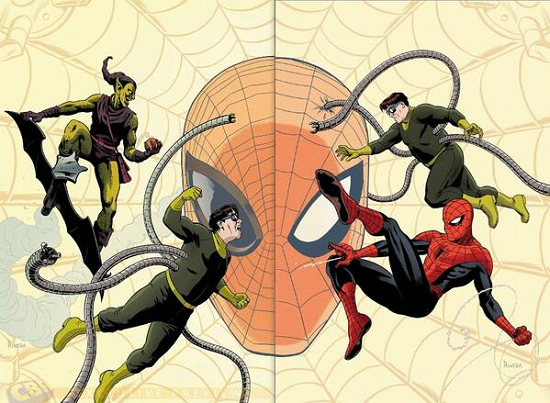
He came on board following “One More Day” as part of the near-weekly “Brand New Day” initiative Marvel launched in part to compete with the success of DC’s weekly event series 52 (they lured 52 editor Steve Wacker over to Marvel to tackle it, and you can hear more about that in a great interview with Wacker here). You can get three volumes of “Brand New Day,” around 20 issues of comics, for under $30 and it’s a perfect jumping-on point because, while Marvel wouldn’t ever use the word, they basically rebooted Spider-Man, resetting him to about a 1980 status quo and significantly altering his relationships with just about everybody in the Marvel Universe.
Later on, Slott killed off Spider-Man (he got better) and replaced him briefly with a spider-powered Doctor Octopus (it’s apparently better than it sounds, and also it makes more sense in context). That story, Superior Spider-Man, can be picked up in trade as well (at least the bits of it that have been collected; Peter just came back and not all of the SpOck stories are collected yet).
There’s also Ultimate Spider-Man and while generally the Ultimate Universe is to be ignored, Spidey is an exception. Brian Michael Bendis and Mark Bagley have made the title a must-read since its launch so many years ago, and there are two great starting points: the beginning (easy enough to do since the series has been reprinted a bunch of times in different formats) or Ultimate Comics: Spider-Man, which saw the introduction of the series’ current hero, Miles Morales.
The death of Gwen Stacy was a turning point in Peter’s life, and while I enjoy the Silver Age comics as much as anybody, the actual collected edition that contains that story is mostly not stuff a new reader needs to see. It’s worth a mention, at least, but since that story is so often gone over and analyzed in other works, it’s probably fine for a new reader not to read the actual issue itself. I also personally liked the Paul Jenkins exploration of that night, collected in Peter Parker, Spider-Man: A Day in the Life
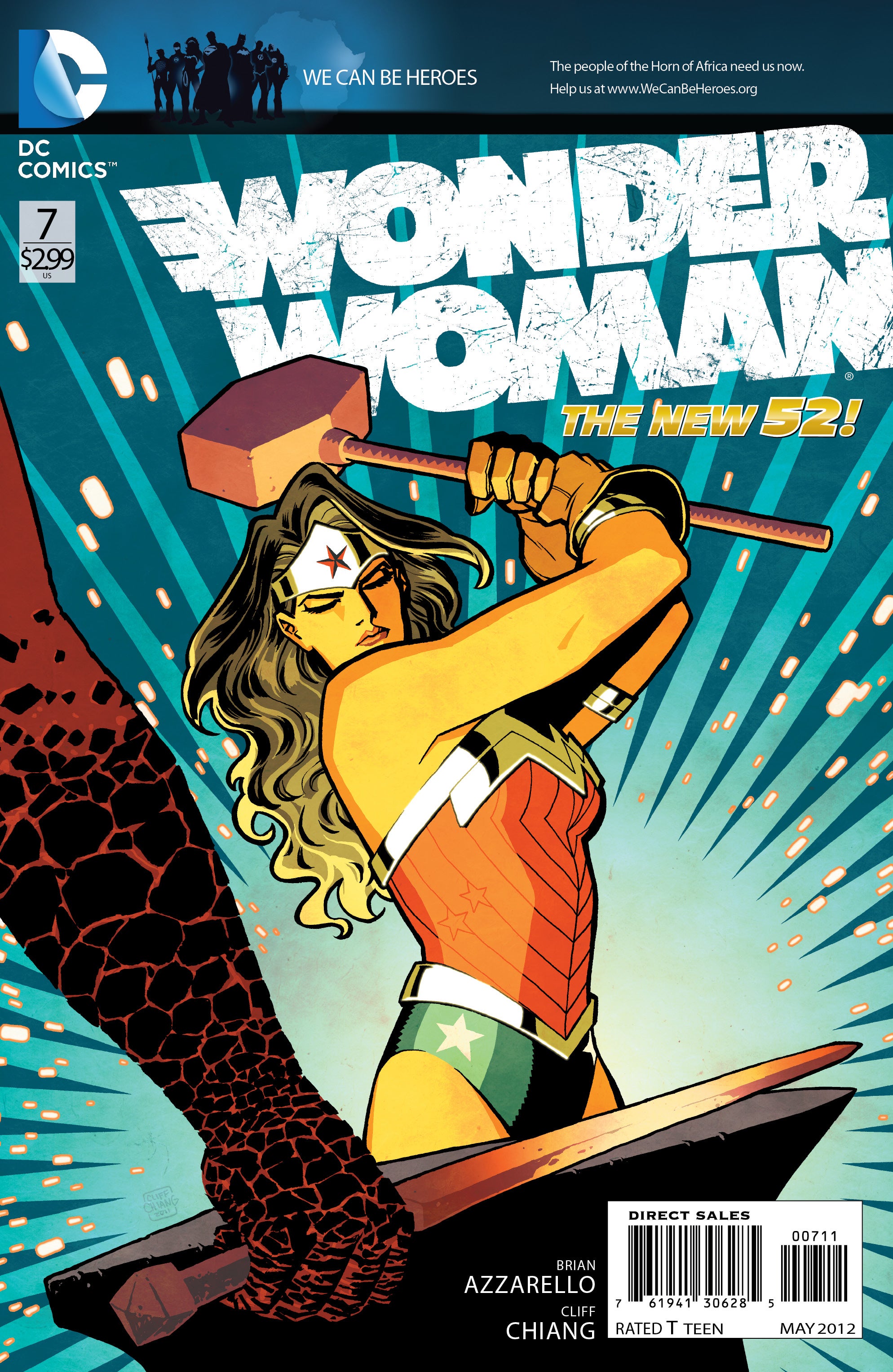
The biggest female superheroine of all time is constantly being reimagined.
Writers seem to have a hard time telling more than a couple of great stories, and so you end up with a new creative team and a Bold New Direction fairly often. As such, there are plenty of good jumping-on points but a number of them wouldn’t really help you understand what’s going on and many of them fall apart by Volume 2.
The New 52’s version of Wonder Woman is flawed and problematic in some ways, as many feminist comics bloggers and commentators have pointed out. Still, it’s arguably the most coherent, cohesive vision for the character DC has had in years and art by Cliff Chiang is always gorgeous. The title is hard to recommend without a warning that some people will be very frustrated by it…but that’s the New 52 in a nutshell.
Christopher Moeller’s stand-alone story JLA: A League of One saw Diana beat down the rest of the League (in order to keep them out of action and save their lives) and go face a monster of myth all by herself. It’s a strong introduction to the character, although again, it has little lasting impact on stories and even if it did, it’s no longer canon.
Also no longer canon, but somewhat less so, is George Perez’s run, most notably the Challenge of the Gods trade paperback. This reinvented Wonder Woman for the post-Crisis era in the same way The Man of Steel did for Superman, and it’s still some of the most beloved Wonder Woman stuff of any era. If you see Perez’s name on any book, it should make you take pause. On a Wonder Woman book? Just buy it.
Marvel Universe
A few general Marvel Universe books that you should check out, not particularly tied to one massive, ongoing thing?
She-Hulk and The Thing, both by Dan Slott.
Slott’s run on The Thing was at times wildly out of character and a bit too silly for hardcore FF fans (sorry, Michael Brown), but it was a ton of fun…which was the name of the game for Slott for a while, who came from kids’ comics to break into the mainstream and almost immediately start doing books that made people laugh, even while they were pretty smart.
His She-Hulk run lasted much longer than his Thing (which is only one trade paperback, Idol of Millions), and is available in trade, as well as in The Complete Collection, Volume 1, out about four months ago. A Volume 2 hit just last month.
Peter David’s X-Factor run is epic. It lasted years, stopped, started, stopped an started again, and traced a long period in the team’s history. You can get it all in trade if you try hard enough, but the two key starting points are the first volume of the Peter David “Visionaries” line of X-Factor trade paperbacks, which collects his earliest stuff with artist Larry Stroman; and Madrox, a Multiple Man-led miniseries that reassembled the David version of the team after he’d been off the book for a while and other writers had changed up its configuration.
Crossovers are really more DC’s speed, but The Infinity Gauntlet is one from Marvel that you just can’t miss — especially becuase it’s clearly leading into the upcoming Avengers sequels.
FF by Matt Fraction and Mike Allred is fun, clever and gorgeous. It’s a crime the series ended, but it’s a joy to have it to re-read, and the fact that it wasn’t burdened by too many crossovers and tie-ins makes the collected editions a breezy read.
DC Universe
So much of the DC Universe doesn’t “count” anymore that it’s nice many of DC’s greatest stories are alternate-universe or “Elseworlds” books.
52 told the story of the reintroduction of the Multiverse; a group of misfit heroes had to save the world from a massive global crisis following the disappearance of Superman, Batman and Wonder Woman in the previous massive, global Crisis (DC has a lot of those, and some of them require capital C’s). It’s available in four trade paperbacks or one big hardcover, and you can probably get a good deal on it digitally if you wait a bit until the next sale. It helped to really flesh out some of DC’s supporting characters in a way they hadn’t got in a while because of the focus on plot that tends to distract from character.
The Golden Age was an Elseworlds story so beloved that it basically became canon in the main line. Dealing with the “lost” period between the end of the Golden Age and the start of the Silver Age, the story saw heroes dogged by the US government and blacklisted by the House UnAmerican Activities Committee.
That story’s writer, James Robinson, worked on an ongoing Starman series for DC that similarly explored the history and breadth of the DC Universe. It’s one of the greatest superhero series ever written, and is available in a number of paperbacks, or oversized hardcovers if you prefer.
Structured similarly to Starman (utilizing a minior character with a lot of history and various incarnations) is Marc Andreyko’s Manhunter, which saw District Attorney Kate Spencer lose her patience with a criminal justice system that allowed supervillains to become mass-murdering recidivists and stole some super-hardware from an evidence locker to make herself a brutal, chain-smoking, teenage-son-having superheroine. I cannot stress enough how brilliant this series is, and if you haven’t read it you should do so now.
Darwyn Cooke’s The New Frontier is another great story, set at the start of the jet age and connecting the Golden Age heroes like Superman, Batman and Wonder Woman with their Silver Age Justice League pals like Hal Jordan and Barry Allen. It’s been adapted to one of the better DC Universe animated feature films and is collected in an Absolute Edition hardcover or a pair of paperbacks.
Next up: Iron Man, Justice League, Avengers, Green Lantern, X-Men…

